Gender-Based Violence's (GBV) and Awareness Raising
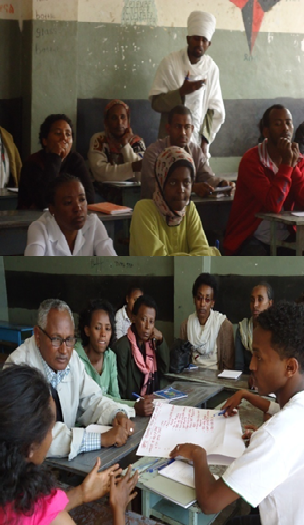
Awareness-raising is a process that seeks to inform and educate people about a topic or issue with the intention of influencing their attitudes, behaviors, and beliefs towards the achievement of a defined purpose or goal. GBV is a cross-cutting issue in all EDA projects.
1. It can mobilize the power of public opinion in support of an issue and thereby influence the political will of decision-makers.
2. There are multiple awareness-raising strategies, methods, and tools that can be used to convey and spread messages, and to gather the support necessary to influence public opinion.
Depending on the topic, awareness-raising efforts may include the following activities: IEC materials, Radio, TV and other media outlets. issuing press releases, briefings, and commentaries; disseminating reports, studies and publications; making written or oral submissions to local governments and committees; working with the media; holding public meetings and events; convening conferences and workshops; and creating and contributing to educational materials.
3. Information may be disseminated through a range of different means or tools such as radio, television, video, film, the internet, social media, mobile phones, newspapers, newsletters, leaflets, poster campaigns, and the arts. A variety of visual tools such as stickers, logos,
T-shirts, armbands, bracelets, and banners may also be used. According to EDA annual, over 3 million target communities are reached.
Why is it important?
Awareness-raising and dissemination of information to the society that EDA is operating, general public, local government stakeholders, donors community and law enforcement institutions, and like-minded organizations about the SDGs is critical to create an enabling environment for accountability, promote participatory and inclusive processes for follow-up and review, and build ownership of the 2030 Agenda. For example, awareness-raising can be used to promote an understanding of existing access to education, health challenges, child rights, equalities, inclusiveness, and rights in relation to the SDGs as well as opportunities to participate in public consultations on issues related to the community. EDA has a strong passion that Empowerment is necessary in order for citizens to be able to hold their government accountable for their development at all levels. All people – including marginalized and vulnerable groups – should be aware of and understand the commitments their government has made under the 2030 Agenda and how they can meaningfully engage in SDG implementation and accountability processes. Raising public awareness of the SDGs is also essential to foster the political and social change needed to achieve the ambitious agenda.
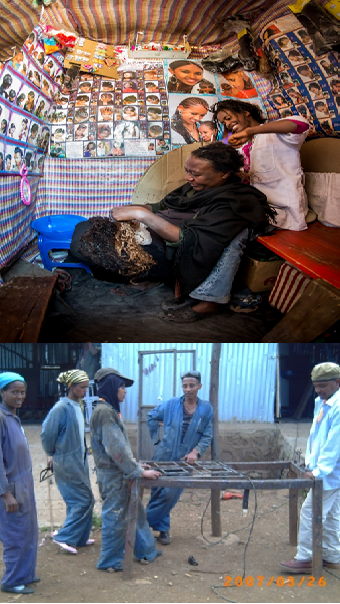 The potential of entrepreneurship for unlocking youth-led livelihood development is a critical challenge in Ethiopia. Poor microfinance services and inadequate policies and strategies along with the low level of enforcement and poor infrastructure account as the major problem contributors to the low levels of entrepreneurship employment opportunities for the youth in Ethiopia. The youth Livelihood program at EDA has great alternative potential that could help to reduce the current youth unemployment rate in the country.
The potential of entrepreneurship for unlocking youth-led livelihood development is a critical challenge in Ethiopia. Poor microfinance services and inadequate policies and strategies along with the low level of enforcement and poor infrastructure account as the major problem contributors to the low levels of entrepreneurship employment opportunities for the youth in Ethiopia. The youth Livelihood program at EDA has great alternative potential that could help to reduce the current youth unemployment rate in the country.
 Smallholders in EDA operation areas are benefited from the climate-smart agricultural schemes. Various smallholders-led interventions positively impact lives by developing the potential of farmers to be actively involved in the processes of change to minimize the negative impacts of climate change.
Smallholders in EDA operation areas are benefited from the climate-smart agricultural schemes. Various smallholders-led interventions positively impact lives by developing the potential of farmers to be actively involved in the processes of change to minimize the negative impacts of climate change.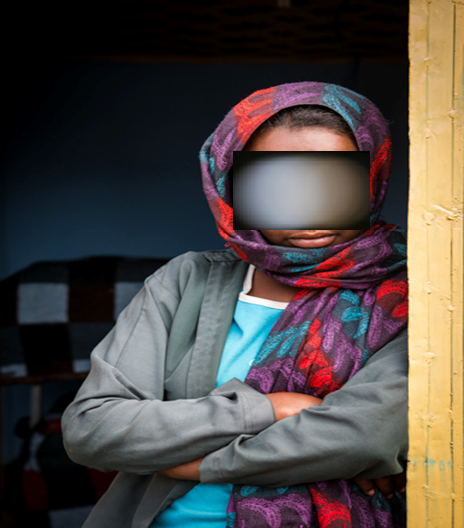 Supporting Children Vulnerable to Abuse
Supporting Children Vulnerable to Abuse EDA implemented this activity using brainstorming to help participants understand the different expectations towards and demands on girls/ young women and boys/young men in contemporary society. It allows participants to explore concepts of gender equality further. The guidelines of the GBV are used to design and implement the project as a cross-cutting activity in all EDA programs. Different activities were conducted during a discussion on questions of gender inequality and socialization into gender-based stereotyping. This methodology will help the participants to internalize and understand their context for reflection.
EDA implemented this activity using brainstorming to help participants understand the different expectations towards and demands on girls/ young women and boys/young men in contemporary society. It allows participants to explore concepts of gender equality further. The guidelines of the GBV are used to design and implement the project as a cross-cutting activity in all EDA programs. Different activities were conducted during a discussion on questions of gender inequality and socialization into gender-based stereotyping. This methodology will help the participants to internalize and understand their context for reflection. EDA takes a holistic approach to community development. We believe that it is necessary for individuals, families, community and government to work together in order to attain positive, sustainable change.
EDA takes a holistic approach to community development. We believe that it is necessary for individuals, families, community and government to work together in order to attain positive, sustainable change.  Awareness-raising is a process that seeks to inform and educate people about a topic or issue with the intention of influencing their attitudes, behaviors, and beliefs towards the achievement of a defined purpose or goal. GBV is a cross-cutting issue in all EDA projects.
Awareness-raising is a process that seeks to inform and educate people about a topic or issue with the intention of influencing their attitudes, behaviors, and beliefs towards the achievement of a defined purpose or goal. GBV is a cross-cutting issue in all EDA projects. 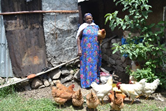 Our agricultural projects enable farmers to increase their crop yields and the sizes of their herds. This, in turn, has increased food security in rural areas, while improving the livelihood of rural families. We have provided the expertise and equipment to enable small farmers to increase their yields by up to 300%. New farmers accepted into the program receive seed funding as well as a young dairy cow, sheep, honey bees or laying hens. EDA also provides the seeds, tools or equipment they will need to establish their farming operations.
Our agricultural projects enable farmers to increase their crop yields and the sizes of their herds. This, in turn, has increased food security in rural areas, while improving the livelihood of rural families. We have provided the expertise and equipment to enable small farmers to increase their yields by up to 300%. New farmers accepted into the program receive seed funding as well as a young dairy cow, sheep, honey bees or laying hens. EDA also provides the seeds, tools or equipment they will need to establish their farming operations. Key facts, according to the WHO.
Key facts, according to the WHO.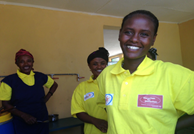 EDA is committed to the wellbeing of all youth, and especially those you are at-risk or vulnerable. For the past decade, this commitment has been expressed through the Youth Initiative Program. More that 9000 unemployed youth who have been accepted into the program have received vocational and entrepreneurship training.
EDA is committed to the wellbeing of all youth, and especially those you are at-risk or vulnerable. For the past decade, this commitment has been expressed through the Youth Initiative Program. More that 9000 unemployed youth who have been accepted into the program have received vocational and entrepreneurship training. 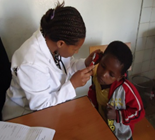 EDA community health initiatives focus on the health of children, mothers and those women and men who are suffering from HIV/AIDS. We have constructed, equipped and staffed 2 community health care centres, one of which has been upgraded to an advanced care centre with full a pharmacy and lab facilities.
EDA community health initiatives focus on the health of children, mothers and those women and men who are suffering from HIV/AIDS. We have constructed, equipped and staffed 2 community health care centres, one of which has been upgraded to an advanced care centre with full a pharmacy and lab facilities.